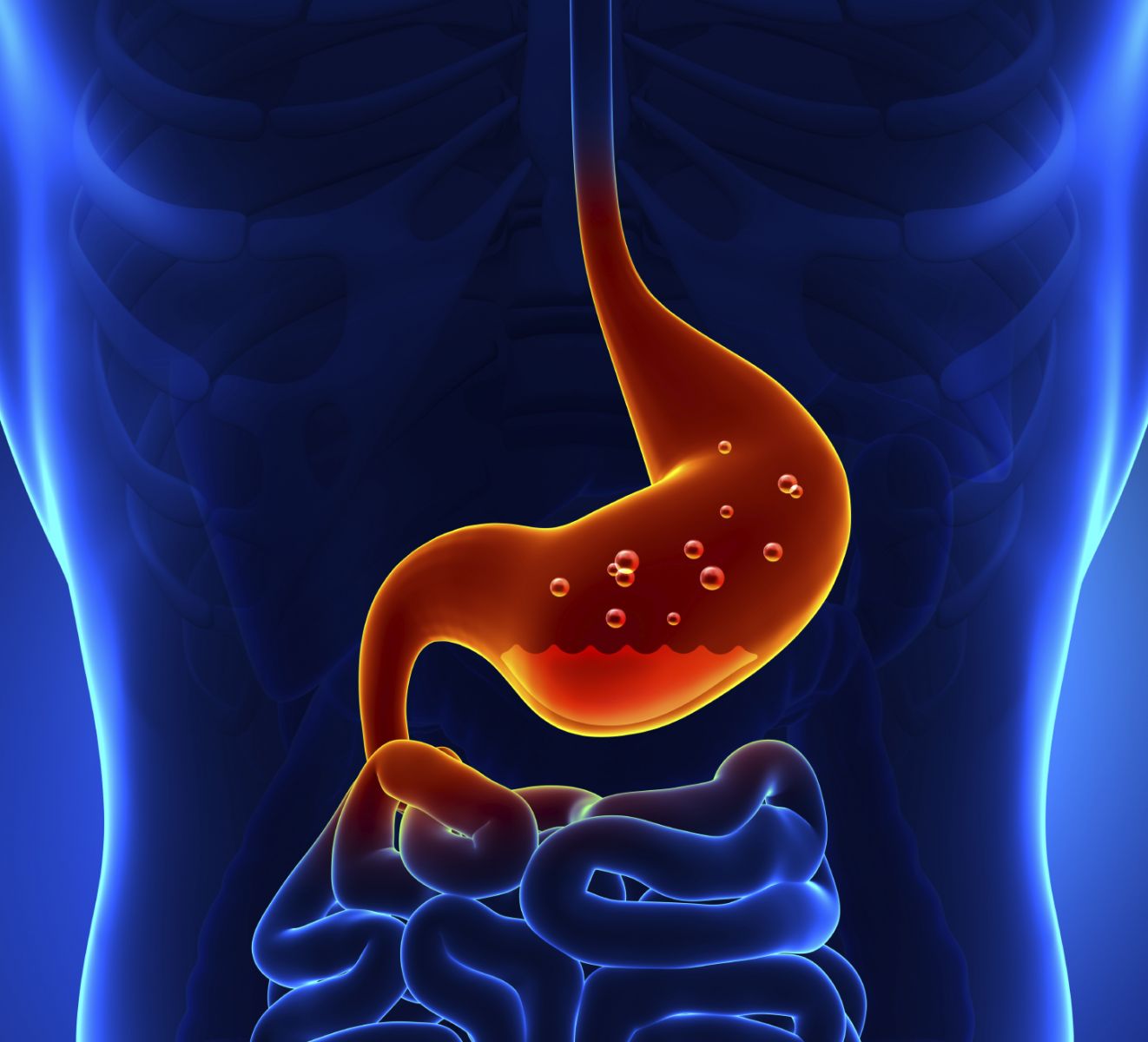Maybe you've just eaten,
or finished a meal an hour or so ago — and now your stomach just doesn't “feel
right.”
You feel bloated and
uncomfortable.
Or maybe it’s more of a
burning sensation.
Maybe you feel queasy, or
even throw up.
You might say you have an
“upset stomach” or indigestion.
If there is no known
medical cause for your symptoms, your doctor would call it “dyspepsia” or
“bad digestion.”
Indigestion is real. The
medical term for persistent upper abdominal pain or discomfort without an
identifiable medical cause is functional dyspepsia.
The symptoms can come and
go at any time, but often eating is the trigger.
Sometimes the discomfort
begins during the meal; other times, about half an hour later.
If you suffer from
functional dyspepsia, you’re not alone. Roughly 25% of the population is
affected, and it hits men and women equally. It’s responsible for a significant
percentage of visits to primary care doctors, in part because many people worry
they might have an ulcer.
While it’s frustrating
that the cause of functional dyspepsia is unknown, it’s even more frustrating
that there is no surefire cure.
The good news is that
there are simple things you can try to help get some relief:
1. Avoid foods that trigger your symptoms.
2. Eat small portions and don’t overeat; try eating smaller, more
frequent meals throughout the day, and be sure to chew food slowly
and completely.
3. Avoid activities that result in swallowing excess air, such as
smoking, eating quickly, chewing gum, and drinking carbonated beverages.
4. Reduce your stress. Try relaxation therapies, cognitive
behavioral therapy, or exercise. An aerobic workout 3-5 times per week can
help, but don’t exercise right after eating.
5. Get enough rest.
6. Don’t lie down within two hours of eating.
7. Keep your weight under control.

No comments:
Post a Comment